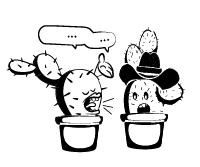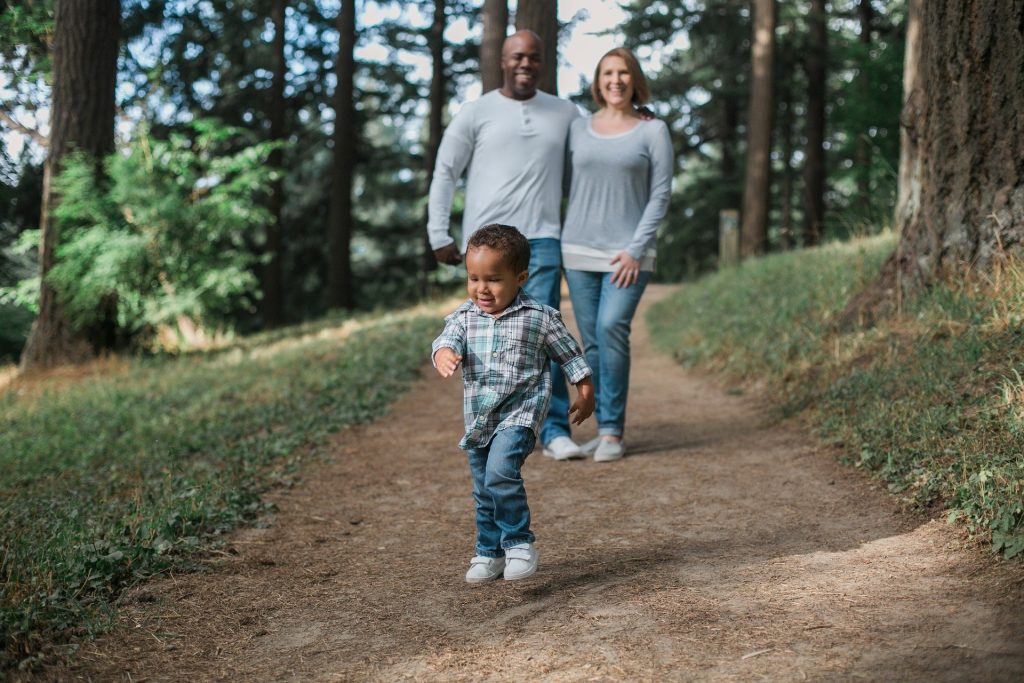(Volume 1 Módulo 2) Mi vida fuera de la universidad: Mi familia
60 Para terminar… ¡Conversemos!
¡Conversemos! 3: Mi vida fuera de la universidad (Mi familia)
In a moment of reflection, you decide to spend some time thinking about your family. This also motivates you to speak to your family members about your relatives and your heritage. As it turns out, your friends in class have been thinking about the same thing. During this in-class ¡Conversemos! activity, you will talk to your classmates about your immediate family and your relatives. In addition, you will ask questions to learn about your classmates’ families. Be sure to highlight the similarities and differences between your families. Before this in-class activity, please complete Pasos 1 through 5 below and submit them to Canvas.
- Attribution: Public domain
[Copy pre-activity Google doc here]
Paso 1. Start this pre-activity by preparing a list of questions you will use in class to find out more about your classmates’ families. Use the vocabulary in previous sections of our textbook, as well as present tense verbs.
For example, you can ask questions about family size, members/names, immediate versus extended family, descriptions (e.g., personality and appearance), age, where they live, where they are from originally (heritage), nationalities, location of countries of origin, what they do for a living, what they do in their free time, weekly routines, family gatherings, your favorite family member, to name a few ideas.
Use the vocabulary and structures we learned in Módulo introductorio, Módulo 1 and of course Módulo 2. Feel free to be more adventurous and try to use new words (especially cognates)! This is also a review of question formation so make sure to include a mix of yes/no questions (e.g., ¿Eres de Austin?) and information questions (e.g., ¿De dónde eres?).
| 1. | |
| 2. | |
| 3. | |
| 4. | |
| 5. | |
| 6. | |
| 7. | |
| 8. | |
| 9. | |
| 10. |
Paso 2. Now prepare a list of useful vocabulary words and phrases from previous sections of our textbook (and beyond) to share information about your own family. Importantly, do not write complete sentences here. You will lose points during the in-class ¡Conversemos! activity if you are simply reading your answers to your classmates’ questions.
| 1. | |
| 2. | |
| 3. | |
| 4. | |
| 5. | |
| 6. | |
| 7. | |
| 8. | |
| 9. | |
| 10. |
Paso 3. Remember, cognates are a great tool for communication. Have you included any in sections (1) or (2) above? Go ahead and copy all the cognates you used above into the columns below. If possible, group the words by association and label the column category. One of the columns has been started for you. Practice pronouncing these words and make sure you are familiar with both the singular/plural and masculine/feminine forms when relevant.
| Personality Traits | |||
| ansioso/a | nervioso/a | ||
| complicado/a | optimista | ||
| difícil | pesimista | ||
| energético/a | perfeccionista | ||
| extrovertido/a | sociable | ||
| introvertido/a | |||
| liberal | |||
| conservador/a | |||
| moderno/a | |||
Paso 4a. Choose one family member and have a photo of that person available to share with your classmates on the day of the in-class activity. Describe below in Spanish (1) which family member you have chosen and (2) one thing about them that likely won’t come up in conversation unless you share it.
| Por ejemplo: Es una foto de mi hermana, Miriam. ¡Ella va a vivir en Austin este verano!
|
Paso 4b. Prepare a list of five questions that you will use in class to find out about your classmate’s picture / family member.
| 1. | ¿Quién es la persona de la foto? |
| 2. | ¿Dónde vive? |
| 3. | |
| 4. | |
| 5. |
Paso 5. Finally, prepare a list of fillers (to hold the floor), expressions that show interest in the conversation (so that your new friends don’t mistake silence with disinterest), and helpful expressions for sharing your opinion, expressing (dis) agreement, and getting others involved.
| Fillers | Show interest | Share / request opinion | Express (dis)agreement |
| Mmmmmm, muy interesante… | ¡Qué bien! | Creo/pienso que… | (No) Estoy de acuerdo contigo. |
| ¿Y tú? | |||
| . |
Paso 6. Upload this pre-activity to Canvas before the in-class ¡Conversemos! activity.
Más práctica…
 Estudiar en español en Colombia
Estudiar en español en Colombia
Trabaja con un@ compañero@ y practica tu español en estas situaciones sociales. You need to use the vocabulary and structures you have learned so far. Change roles and partners after practicing each situation once.

Conversación 1
Estudiante 1. You’re studying Spanish in Colombia, and you meet another student at a party.
- Greet your classmate.
- Tell your classmate your name, where you are from, and that you are a student. Ask what their name is and where they are from.
- Answer your classmate’s question.
- Tell your classmate about your life at the university. Include information about classes, activities at the university, and weekend activities.
- Listen as your classmate tells you about their activities.
Ask questions and share as much information as possible.
Estudiante 2. You’re studying Spanish in Colombia, and you meet another student at a party.
- Greet your classmate.
- Answer your classmate’s questions.
- Ask where they study.
- Tell your classmate about your life at the university. Include information about classes, activities at the university, and weekend activities.
- Listen as your classmate tells you about their activities.
Ask questions and share as much information as possible.
Conversación 2
You are studying in Colombia. Your partner and you have to prepare a report about your families for your Spanish class. Talk about the members of each family:
- Talk about their personality, personal appearance, and age.
- Say where they are from.
- Mention where they live.
- Describe what they like to do (favorite activities, hobbies, etc.).
- Ask what they do for a living.
Compare your information, and say if your families are similar and explain why/why not.


